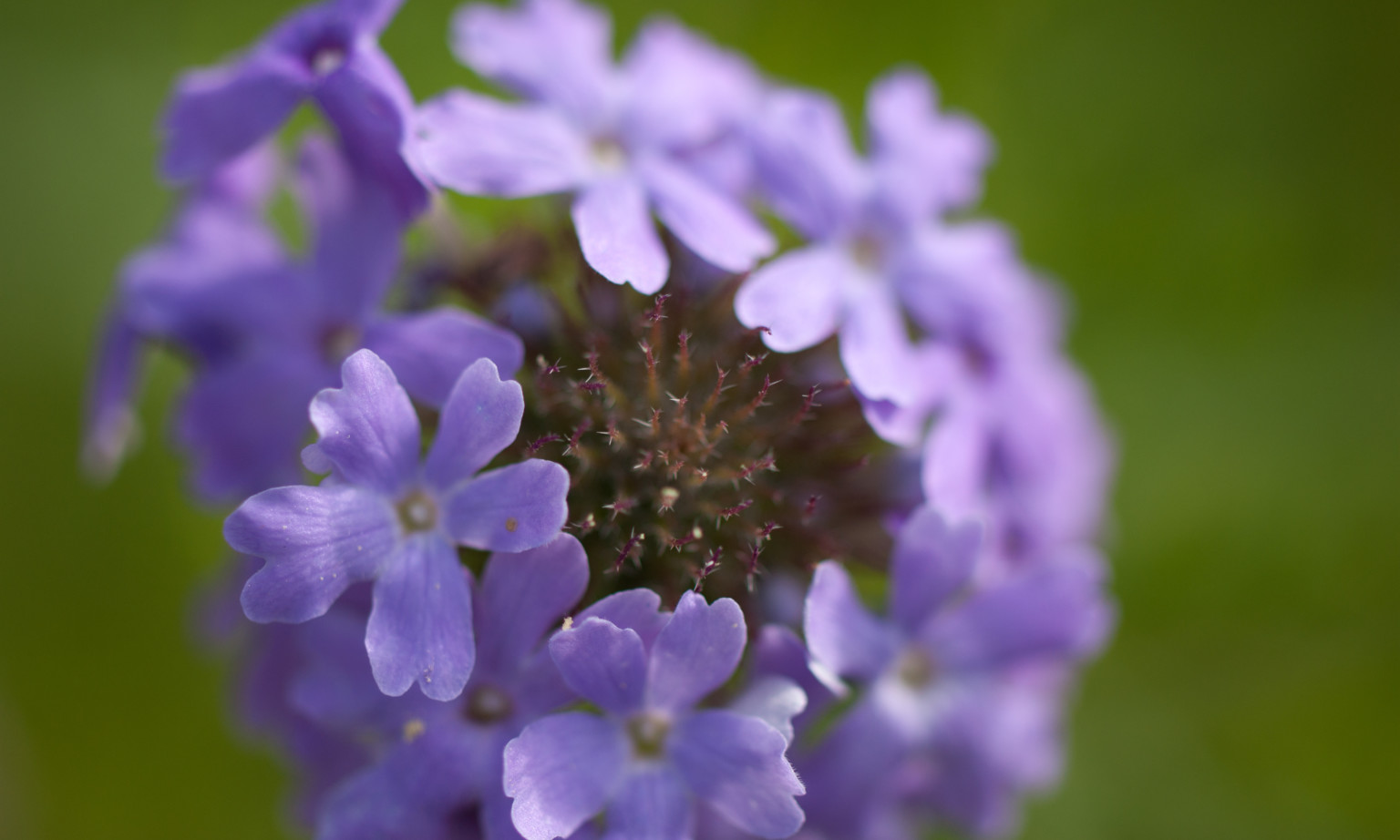** ARCHIVED POST – LINKS AND IMAGES MAY NOT WORK**
— by Vicky Husband
NPSOT Field Trip Report for Garey Park, Survey 5 of 12
On Saturday, February 16th, 2019, thirteen field trip attendees explored the top half of the newly named Saddle Loop equestrian trail at Garey Park in Georgetown, Texas. We enjoyed finding a number of early spring blooming species, mostly with diminutive flowers, such as elbow bush, agarita, pink vervain and prairie verbena, bluets and mistletoe. This particular Saturday was overcast and chilly, but the Friday before had seen temperatures in the eighties! We were sure we would find something “tricked” by the weather. We even saw Mr. Garey out in his mule on the trail.
We observed the following species during our walk: some botanical names cited might be outdated due to recent classification revisions. Also, E.123 refers to the page number in Wildflowers of the Texas Hill Country by Marshall Enquist; W.123 refers to the page number in Trees, Shrubs, and Vines of the Texas Hill Country by Jan Wrede.
- Agarita, blooming — Berberis trifoliolata, E.33
- Cedar elms with wings — Ulmus crassifolia, W.168
- Cucumber weed — Parietaria pensylvanica
- Dakota vervain, Prairie verbena — Glandularia bipinnatifida, E.158
- Dewberry — Rubus trivialis, E.49
- Elbow bush, Spring herald, blooming — Forestiera pubescens, W.136
- Greenbrier — Smilax bona-nox, W.189
- Lace cactus — Echinocereus reichenbachii, E.109
- Little bluestem — Schizachyrium scoparium
- Malta star-thistle — Centaurea melitensis
- Mexican Hat — Ratibida columnifera, E.227
- Peppergrass — Lepidium virginicum, E.39
- Pink vervain, Low verbena — Glandularia pumila, E.159
- Sedge — Carex texensis or Carex, ssp
- Small bluets — Houstonia crassifolia, E.197
- Storksbill rosettes — Erodium texanum, E.80
- Texas bluebonnet, rosette — Lupinus texensis, E.63
- Texas thistle — Cirsium texanum, E.248
- Twist-leaf yucca — Yucca rupicola, E.11
- Mistletoe — Phoradendron tomentosum, W.174
- Fruits of Western horse-nettle — Solanum dimidiatum, E.178
- Wind-flower, white — Anemone heterophylla, E.28
- Yellow mystery plant !
- Yarrow — Achillea millefoilum, E.243
** ARCHIVED POST – LINKS AND IMAGES MAY NOT WORK**
